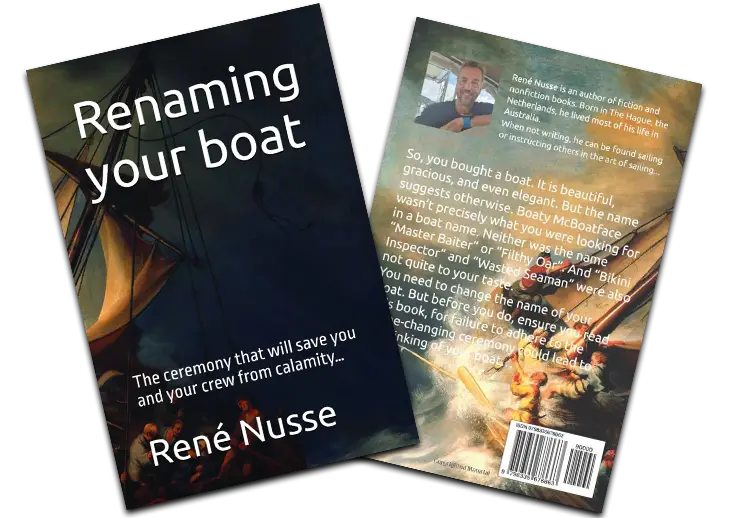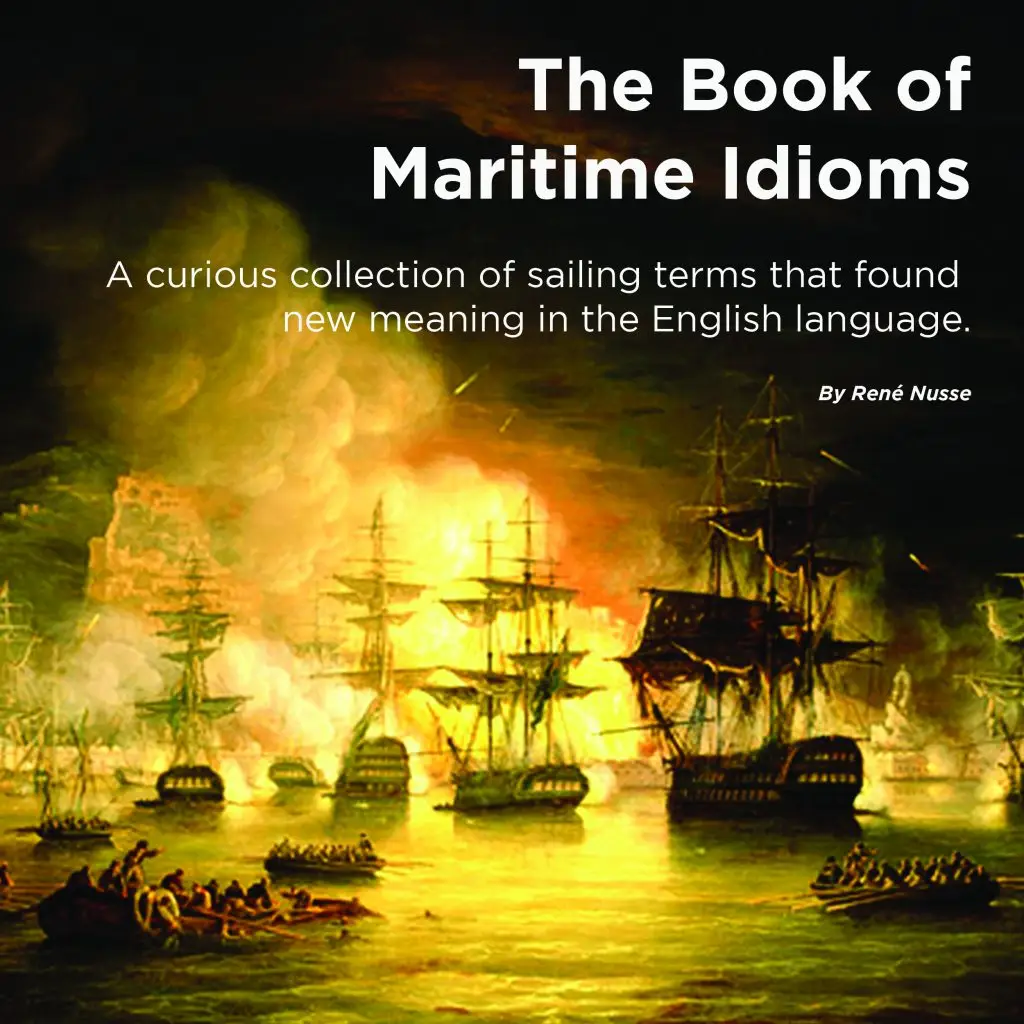What rope material should I use on my sailboat?
The choice of rope material on a sailboat depends on the specific application (e.g., halyards, sheets, dock lines), but here’s a breakdown of the most commonly used rope materials and where they shine. However, your yacht’s owner manual should specify all the details of the rope you want to replace, including the length, material, diameter, and colour.
In order to read more about specific ropes on a yacht and what their function is, go to “Knowing Your Ropes“.
High-Performance Running Rigging (e.g., Halyards, Sheets)
Dyneema (also known as Spectra or HMPE)
Best for: Halyards, control lines, high-load applications
- Strength: Extremely strong (stronger than steel by weight)
- Stretch: Very low stretch
- UV Resistance: Excellent
- Abrasion Resistance: Very good
- Downsides: Slippery (can be hard to grip/knot), expensive
- Note: Often used as a core with a polyester cover for handling and winch use
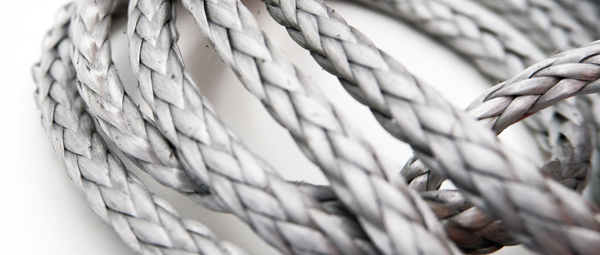
Vectran
- Best for: Halyards (especially where heat resistance is important)
- Strength: Very high
- Stretch: Very low
- UV Resistance: Poor (often needs a protective cover)
- Heat Resistance: Excellent (better than Dyneema)
- Downsides: Degradation in sunlight unless protected
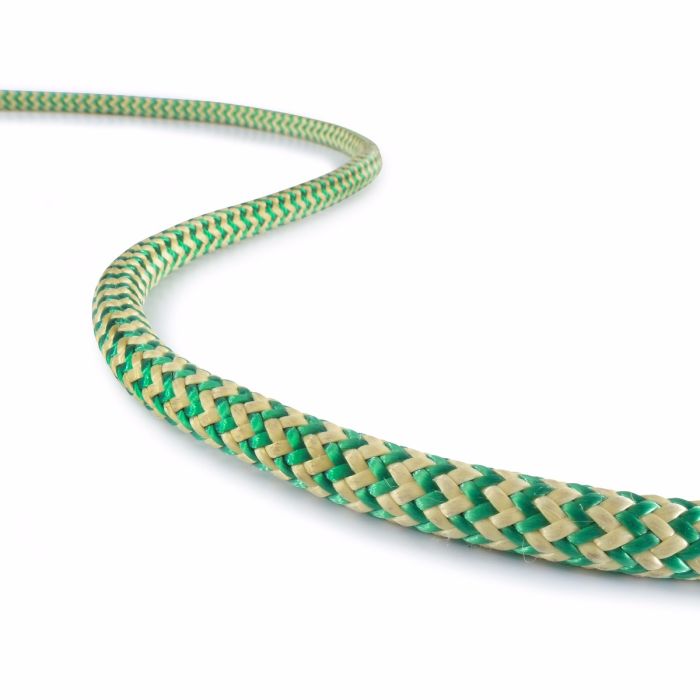
Technora / Kevlar / Twaron
- Best for: Ultra-high-performance racing lines
- Strength & Stretch: Similar to Vectran
- Heat Resistance: Excellent
- Abrasion Resistance: Good
- UV Resistance: Moderate
- Downsides: Expensive, stiffer than Dyneema
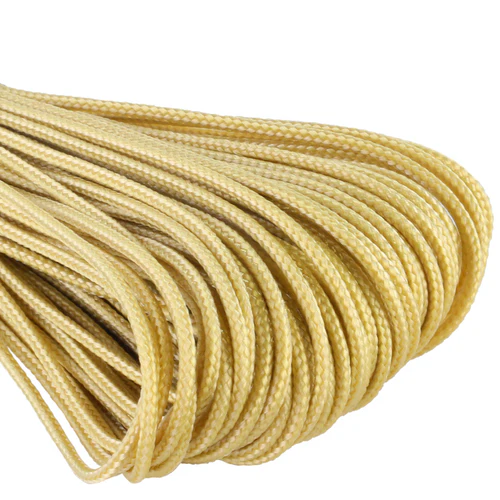
General-Purpose Running Rigging
Polyester (e.g., Dacron)
- Best for: Sheets, control lines, topping lifts
- Strength: Good
- Stretch: Moderate
- UV Resistance: Excellent
- Abrasion Resistance: Good
- Handling: Easy to grip, flexible
- Cost: Economical
- Note: Often used as an outer cover over a high-tech core
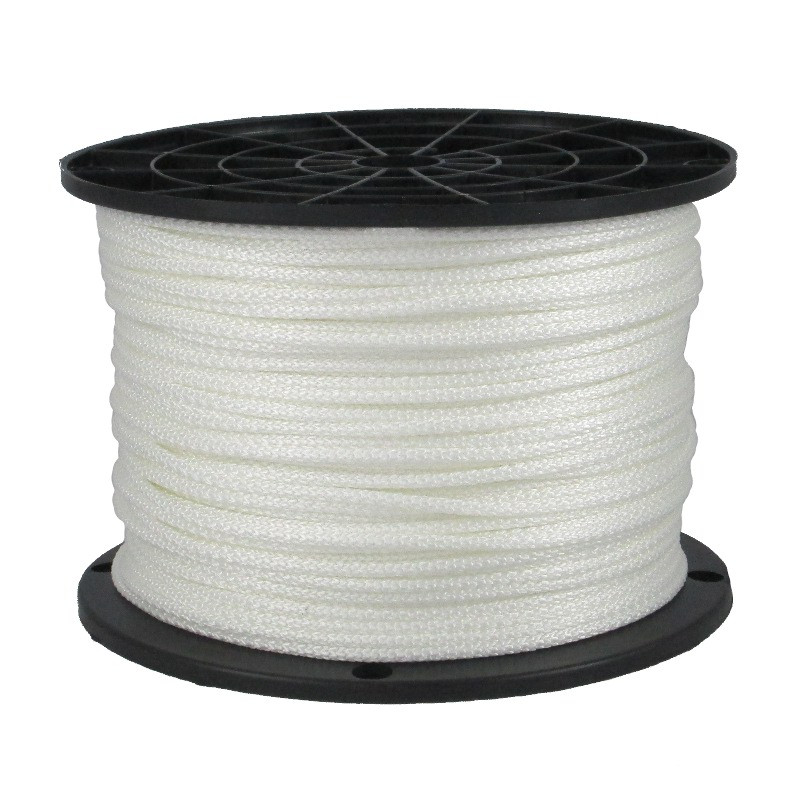
Dock Lines, Anchor Rodes, Fenders
Nylon
- Best for: Dock lines, anchor lines
- Strength: High
- Stretch: High (good for shock absorption)
- UV Resistance: Good
- Handling: Very soft and flexible
- Cost: Affordable
- Note: Not suitable for halyards or sheets due to stretch
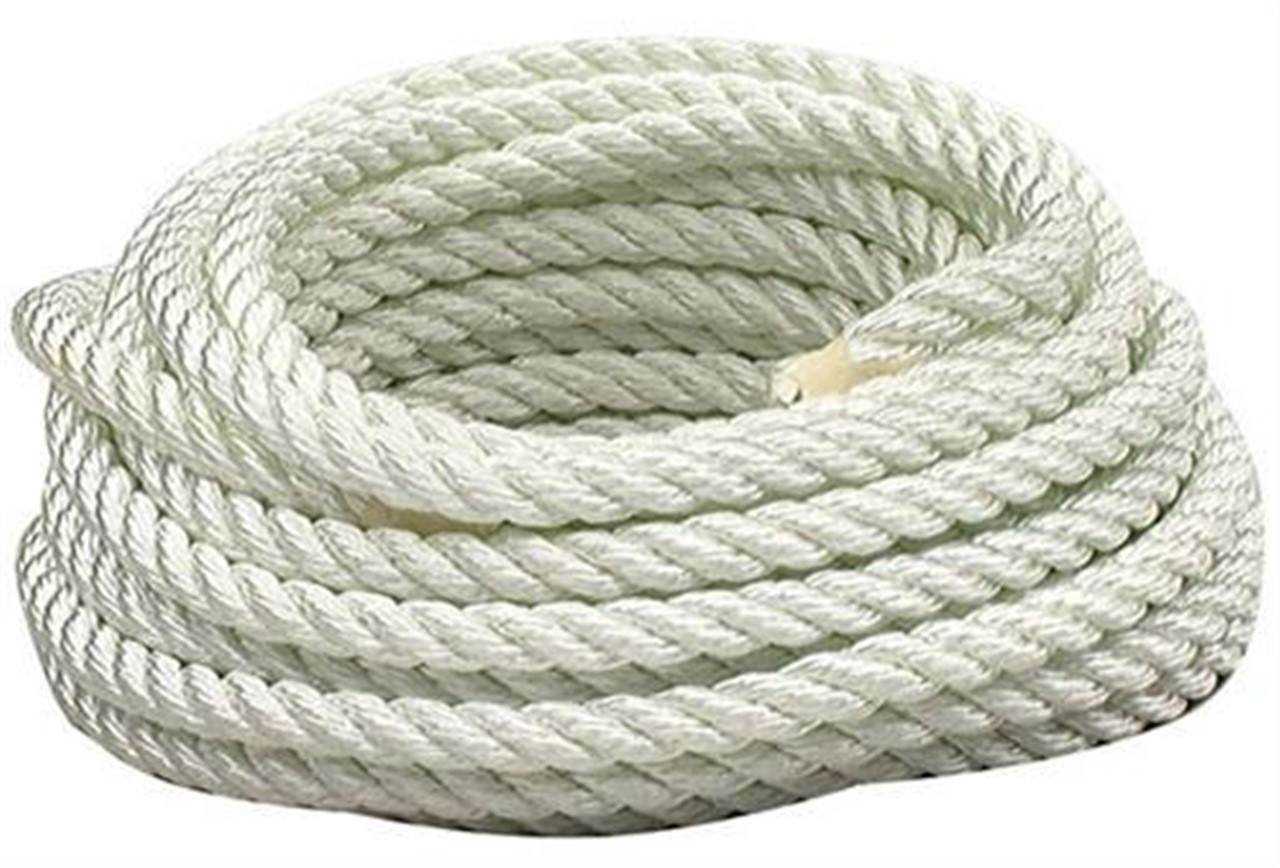
Specialty Use
Polypropylene
- Best for: Heaving lines, floating lines (e.g., dinghy tow lines)
- Floatation: Floats
- Strength: Lower than others
- UV Resistance: Poor
- Cost: Cheap
- Downsides: Not durable, slippery, degrades in sun
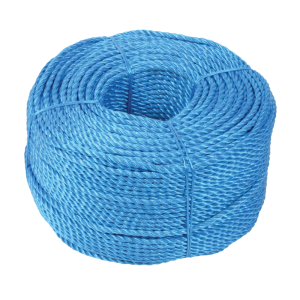
Summary Table
| Material | Stretch | UV Resistance | Heat Resistance | Cost | Common Use |
|---|---|---|---|---|---|
| Dyneema | Very Low | Excellent | Moderate | High | Halyards, high-load lines |
| Vectran | Very Low | Poor | Excellent | High | Performance halyards |
| Technora | Very Low | Moderate | Excellent | Very High | Racing applications |
| Polyester | Moderate | Excellent | Good | Moderate | Sheets, general rigging |
| Nylon | High | Good | Good | Low | Dock and anchor lines |
| Polypropylene | High | Poor | Poor | Very Low | Floating lines, throw ropes |
Author
-

Rene is a keelboat instructor and sailing coach in the Mandurah area WA. He is also the author of several books about sailing including "The Book of Maritime Idioms" and "Renaming your boat".
View all posts

